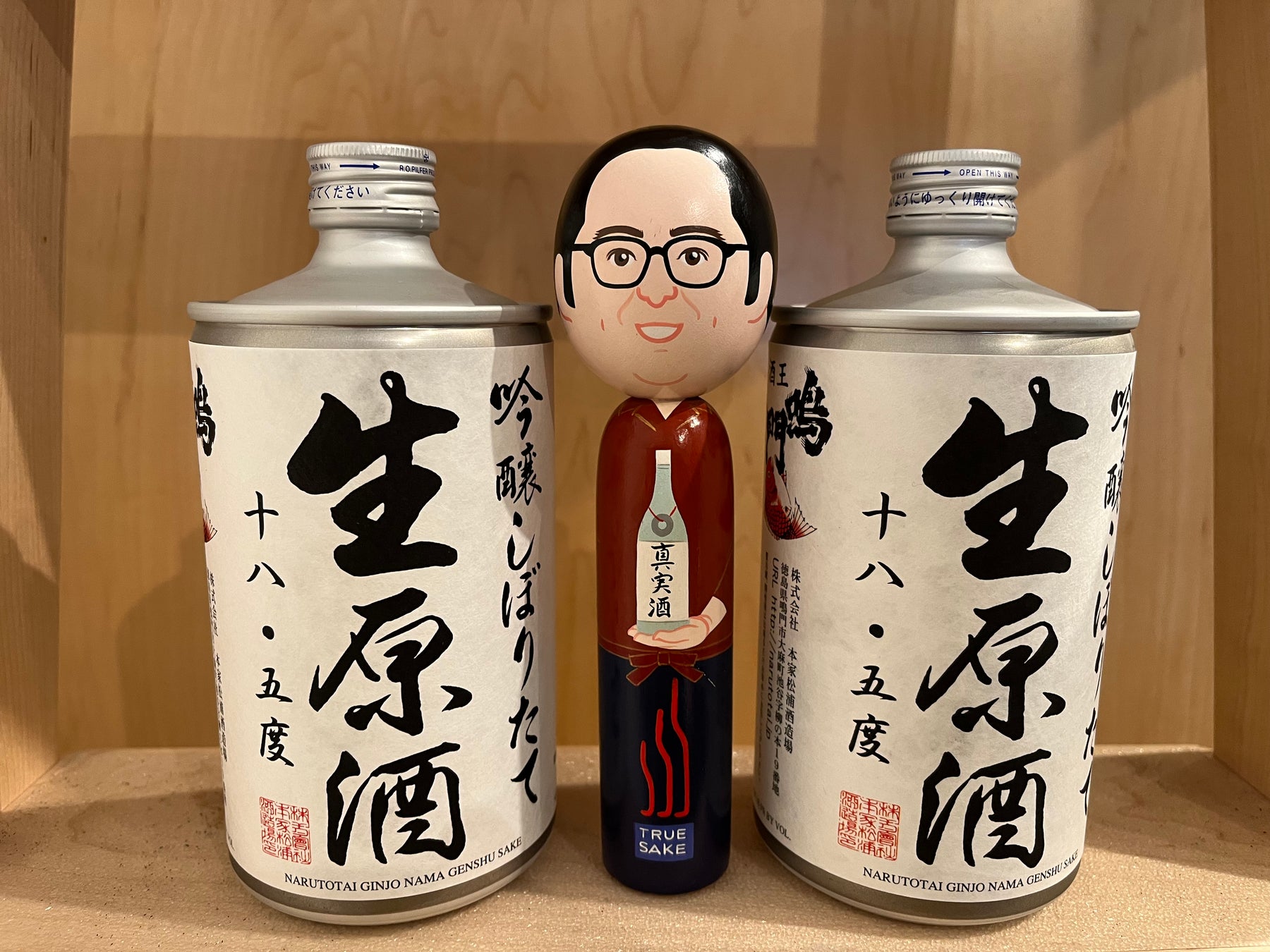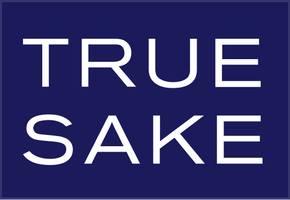
The “Beau-Zone” Layer – Narutotai “Red Snapper”
It’s one of the most recognized sakes in the International Sake market, and to think that we discovered it accidentally. Formerly known as “Beau-Shu” because we had the exclusive rights to this sake for a year, this brew might not have ever been exported if I wasn't left alone with it and other samples when I visited Narutotai over 15 years ago. After a cool tour of some of their contracted rice farms in the area, where I learned the best way to tie standing stalks of rice together in big bunches to give the groups strength against high winds and storms, I found myself alone in a beautiful tatami room with an open window facing out on the back of the brewery. Shacho had a phone call to take, so he left me alone sitting on the floor with a tray of 8 bottles in front of me. It was excellent opening and tasting the different offerings including two that I sold in San Francisco. I was in heaven.
Then on a cabinet in the corner of the room, I saw two more bottles and a can! Damn what a can. It didn’t strike me as "cheap looking" as cans sort of do. But rather it was very alluring, and I had to know what was in it. Shacho was a bit shy and almost embarrassed about the product, he said “It’s a Ginjo and it’s Genshu.” I asked if I could try it and he replied “Are you sure?” He said the aluminum and squat nature of the can kept it colder longer. I asked, "What about the aluminum? Doesn’t it give off a flavor?" He replied that, "There are two coats of sealant inside the can, so the brew never touches aluminum." And so the "Red Snapper" came to life. I immediately said I want it. We called the importer and said, "Can we get this to the US?" My friend Kazu Yamazaki said, “But it’s nama!” To which I said, "All the better."
I’ve seen this Ginjo Nama Genshu in many international markets these days. I see it at hundreds of restaurants, and I even see it out on unrefrigerated shelves in small remote towns across the US, and each time I smile, because if my beady and greedy little eyes didn’t spot this can in the corner, then we wouldn’t be talking about it today.
Shop This Sake

